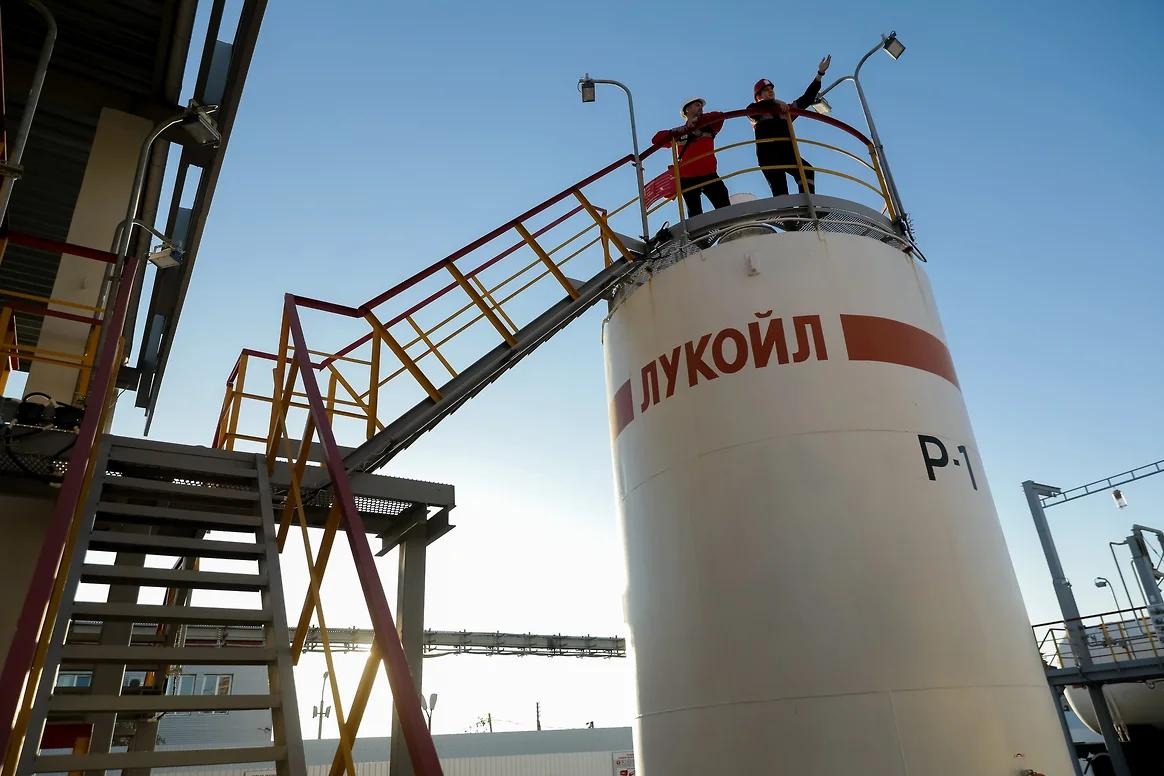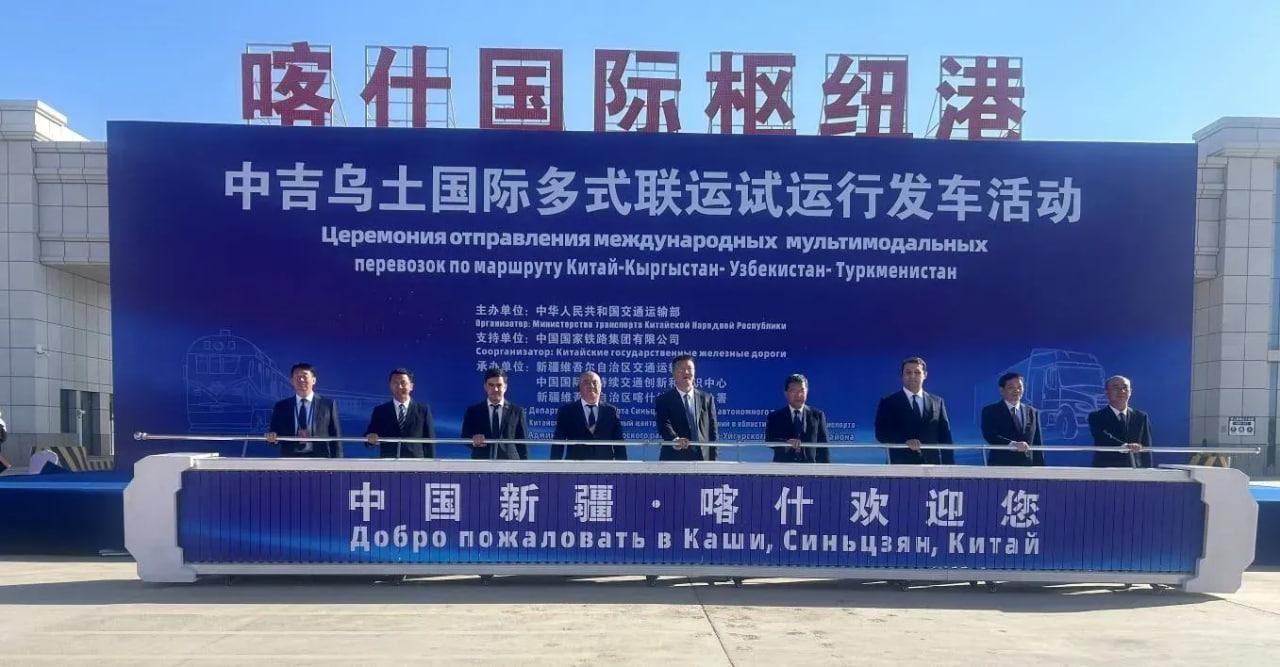NEWLY RUSSIAN INVENTED HOLIDAY BECOMES A DAY OF NAZI UNITY
NEWLY RUSSIAN INVENTED HOLIDAY BECOMES A DAY OF NAZI UNITY
The good Soviet tradition of marching in early November acquired a new and disturbing twist this year. The Communist demonstrations on November 7 were quite unimpressive in Moscow and close to pathetic in most other cities, with the weak praise for the Great Revolution of 1917 and bitter complaints about the cancellation of the state holiday on that date (Vremya novostei, November 8). The Communist Party may attract some curious attention with its emotional rhetoric but generally appears quite harmless. It is the newly established official holiday on November 4 that has turned out to be embarrassingly hollow in most locations and very unpleasant in Moscow (Izvestiya, November 7). Several thousand radical nationalists marched through the streets of the capital under slogans elaborating the main theme, “Russia for the Russians,” with many anti-Semitic variations and Nazi symbols (Moskovsky komsomolets, Grani.ru, November 7). The march was accompanied by heavy militia patrols but saw very little protest.
Official justification for celebrating this new holiday is at best unconvincing and for many sober-minded Russians plain ridiculous. The idea is to mark the “liberation” of Moscow from the besieged Polish garrison in 1612, an event that, in the opinion of most historians, was of little strategic significance and cannot be precisely dated (Grani.ru, November). The Orthodox Church celebrates November 4 as the Our Lady of Kazan icon day but that would hardly be a cause for joy for Russia’s 20 million Muslims, so a “neutral” name – National Unity Day – was invented (Novaya gazeta, November 7, EDM, November 4). Russian President Vladimir Putin held a reception in the Kremlin for the carefully selected representatives of “civic society” and made a toast for the “victory of patriotic forces” and “the spiritual revival of the Fatherland” (Kommersant, November 7). The fierce speakers who addressed the well-organized Nazi columns in Moscow streets used about the same words..
Political technologists in the Kremlin were caught unprepared by this hijacking of their project, so the tightly controlled TV news did not provide any coverage of the “patriotic” march and state officials were unavailable for comments (Ekho Moskvy, November 4, 8). This silence perhaps indicated a measure of disapproval, but it also betrayed the intention to exploit, certainly in a more “civilized” manner, the same reservoir of nationalistic fervor in the society. Indeed, sociologists assert that the idea of “Russia for the Russians” commands support of about 50% of respondents in a wide variety of polls despite its problematic applicability to the smoldering crisis in the North Caucasus Newsru.com, November 7). Extremism, as always, is a marginal phenomenon, but when it grows out of such a wide base it is often tempting for the authorities to channel it in a “useful” direction. The parallel with the state-sponsored activities of the “black hundreds” in Russia that enriched the international vocabulary with the ugly term pogrom exactly 100 years ago is quite evident (Vedomosti, November 7).
Many commentators in Moscow draw parallels also with the ongoing riots in the ethnic suburbs of Paris and other French cities, dissimilar as these events are on the surface (Polit.ru, November 7). For some, burning French cars illuminate the hypocrisy of European “political correctness” that imposes taboos on discussing certain problems in society (Expert, November 7). Others argue that while thousands of illegal migrants in Moscow are unlikely to revolt, the demonstratively non-violent character of the march could not hide the growing phenomenon of gang violence against “blacks,” an ugly racist category that includes people from the Caucasus and Central Asia (Ezhednevny zhurnal, November 8). Yet others point to the similarities between the blind anger of Arab teenagers in France and the desperate uprising of dozens of routinely humiliated and unjustly persecuted Muslims in Nalchik in mid-October (Izvestiya, November 7). All these perspectives focus on particular features of a common diagnosis that Russian society, disoriented by the distorted transformation of the state and irritated by the widening gap between the “haves” and “have-nots,” is infected by the virus of ethnic hatred.
Political leaders show more interest in exploiting the situation rather than in addressing the problem but the society itself demonstrates significant healthy resistance to this virus. Opinion polls show that the disapproval towards those who try to instigate ethnic discord is far stronger than suspicions and prejudices towards the “Caucasians” who are consistently on the top of the list of “unwanted migrants” (Vedomosti, November 7). That undermines the claim implicitly advanced by the Kremlin that its control over the media and other techniques of “managed democracy” help to keep the demons of nationalism safely locked. Putin on several occasions skillfully portrayed himself as an “enlightened European” who is simply shocked by the occasional manifestations of racism and anti-Semitism. Visiting the Netherlands last week, he emphasized yet again that Russia was defending not only its own interests but also all-European values in the fight against terrorism in the North Caucasus (Gazeta.ru, November 7).
There are few doubts that it is exactly this war spreading across the region as a brushfire of criminal violence and underground fire of Islamic extremist networks that drives the growth of Nazi-type of organizations, while the human rights NGOs feel the pressure of “attention” from the concerned authorities. It is quite ironic that the Kremlin courtiers have found nothing better than to celebrate the end of the “time of troubles” some 400 years ago, while a new period of turmoil and dislocation was so visible from so many windows in Moscow; it may not even wait for Putin’s departure in 2008.


